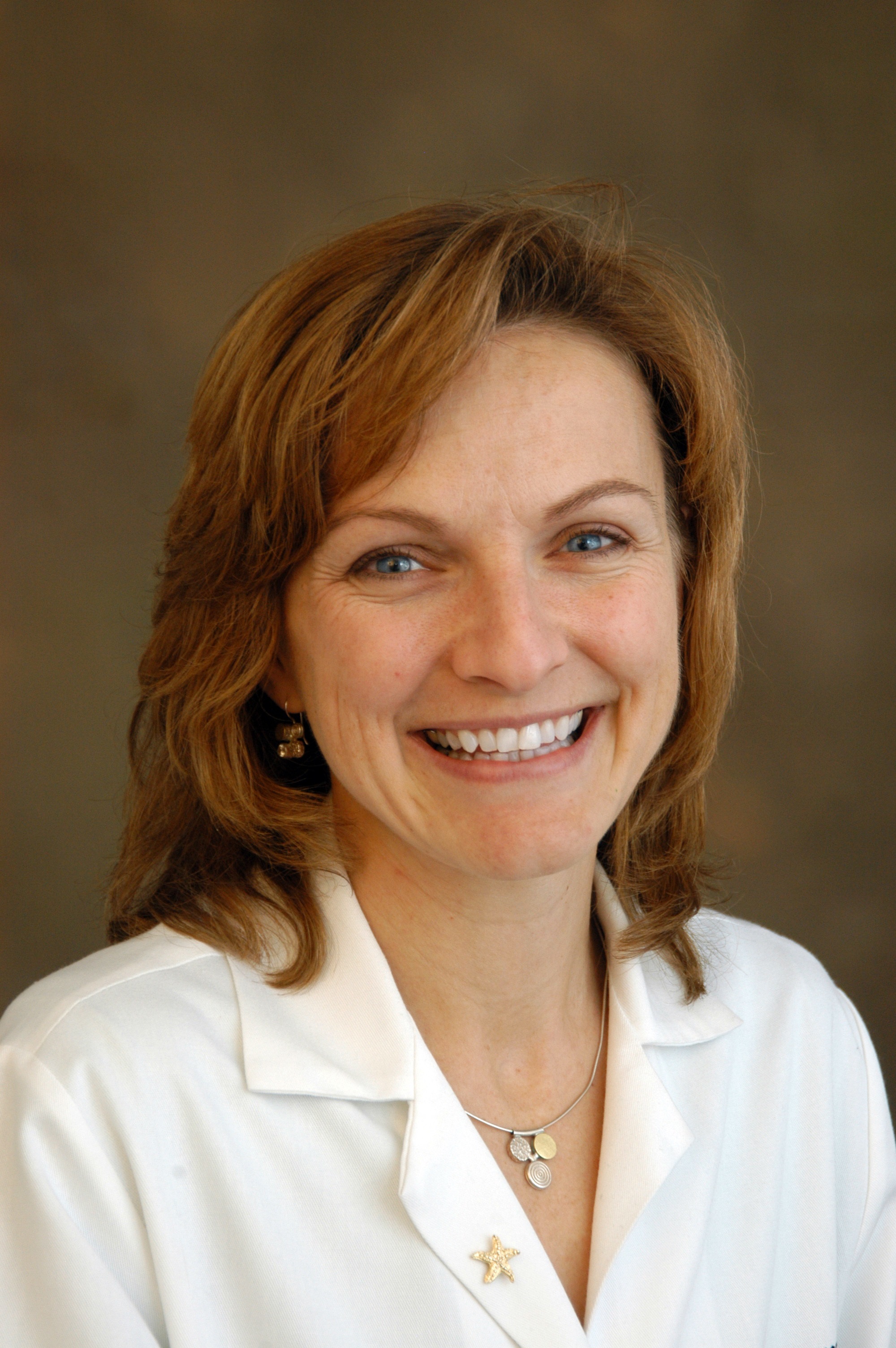Takeaway
After arriving at what you think is the diagnosis, pause and consider alternative explanations. For patient populations at high risk for misdiagnosis (women and historically marginalized groups), examine how biases might be influencing your conclusions.

Lifelong Learning in Clinical Excellence | March 4, 2024 | 2 min read
By Colleen Christmas, MD, Johns Hopkins Medicine
Medical error contributes to patient harm at an alarming rate. And of medical errors, misdiagnosis is the number one contributor that causes death. Some estimate that medical error is the third leading cause of death in the United States. Indeed, each year in the U.S., it is estimated that 12 million adults are misdiagnosed; and 795,00 people a year die or are harmed from misdiagnosis.
Elements of the patient-clinician encounter are likely the most common sources of error, with overemphasis of incorrect diagnoses, delay or failure to consider the correct diagnoses, and not carefully considering the patient history as main contributors to misdiagnosis. Factors related to care-team communications, systems and processes, organizational factors, and personal factors also contribute.
Strikingly, not all populations are evenly impacted by diagnostic errors. According to a recent study published by Dr. David Newman-Toker and colleagues at Johns Hopkins that was published in the British Medical Journal, women and racial and ethnic minorities are at impressively higher risk of misdiagnosis compared to the rates for white men.
Interestingly, at the same time, evidence is mounting that suggests these vulnerable patient populations may be the same populations that are associated with provision of higher quality care as clinicians. Limited studies have shown that women physicians, compared to their male counterparts, have higher adherence to evidence-based guidelines for heart failure and diabetes, with improved clinical outcomes, and provide more patient-centered communication; women surgeons have reduced surgical complications.
Despite this, women continue to be paid significantly lower salaries than their male counterparts and are promoted at lower rates; this issue is even more exaggerated for physicians from groups underrepresented in medicine (URiM). Other studies have shown that congruity in race and/or gender between patient and physician may improve clinical outcomes. Altogether, this data argues that efforts to better support women and URiM clinicians could contribute to an lessening of misdiagnosis and medical harm.
While there are experts who examine this important topic of misdiagnoses and provide detailed suggestions for improvement, I will describe what I believe are a few of the highest yield tips applicable for clinicians to consider to try to reduce misdiagnosis.
1. Listen to hear, don’t listen to speak.
Too often we are distracted while doctoring, aware of time pressures, need to interact with technology in the flow of patient care, and a myriad of other issues. This increases the cognitive load and limits our abilities to truly hear patients and carefully consider the information they share. It takes discipline and intentionality to quiet our minds to truly listen to hear.
2. Be aware of the risk factors for misdiagnosis and act accordingly.
This means that for certain diagnoses we want to pause and make sure we’ve considered alternative explanations. When we’re distracted or fatigued, we need to have a system to ensure we’re going to catch our errors in thinking. For populations at high risk for misdiagnosis, we need to exert extra energy to make sure our biases aren’t influencing the diagnoses.
3. Advocate for safer systems to improve diagnostic excellence.
These systems would involve the use of technology that aids in diagnosis, not distracts from it; provision of ample time required for cognitive work of considering diagnoses, mechanism to measure and provide feedback, and learning about diagnostic habits and increasing the diversity and effective communication of team members.
This piece expresses the views solely of the author. It does not necessarily represent the views of any organization, including Johns Hopkins Medicine.

